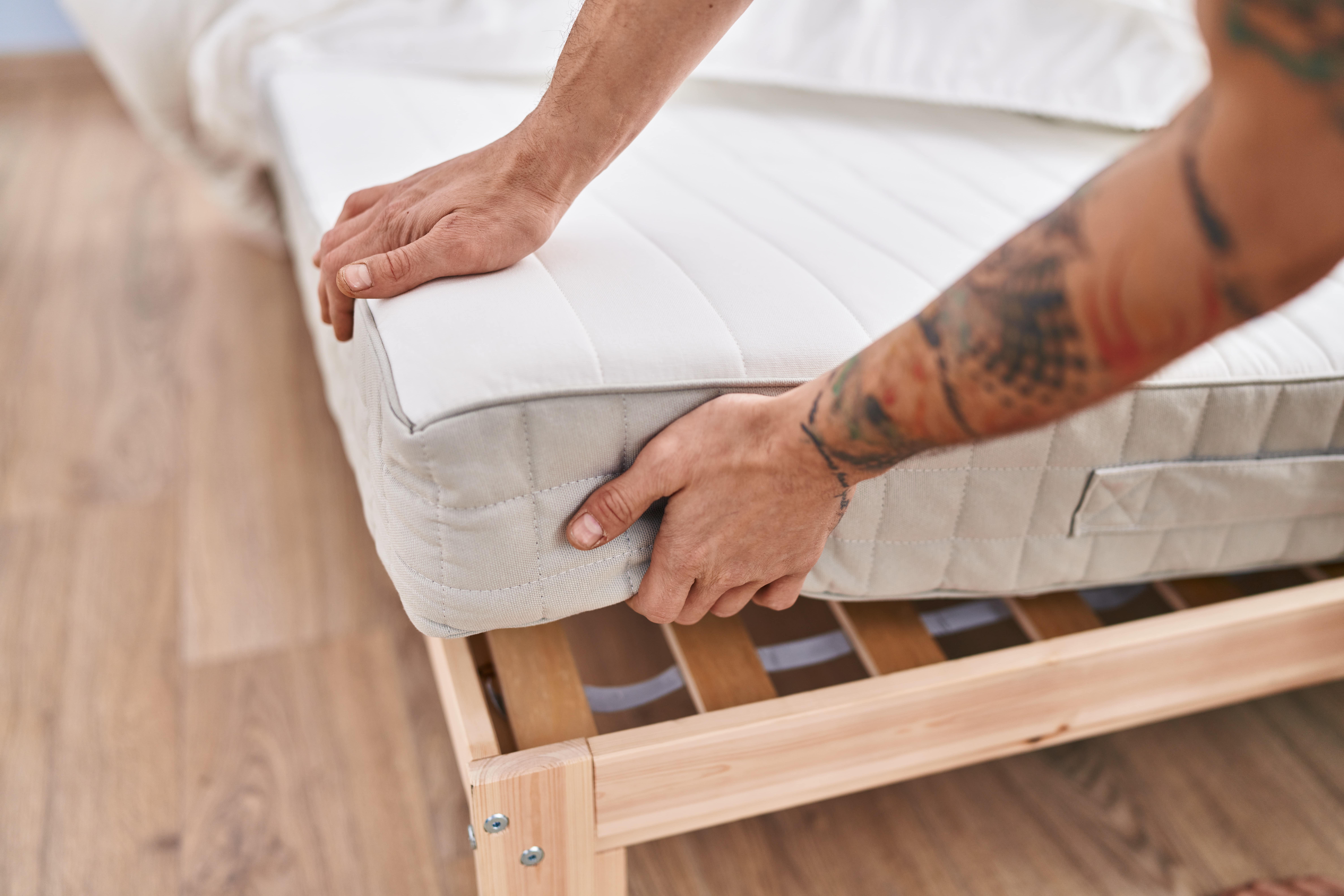- Updated :
- Published :
Getting a good night’s sleep begins with choosing the right mattress. However, it’s not just about something soft or firm; it is about creating the foundation upon which starts good sleep, improved health, and a bedroom setting that feels as good as it looks. An appropriate mattress can make a world of difference come night in that brighter, higher-energy day awaits you.
This guide will look into how it matters more than you think, how it influences everything from comfort to style in the bedroom, and what to consider before making a decision. Whether you suffer from back pain, are in search of a good fit for your bed frame, or would simply like to upgrade your sleeping arrangements, this blog gives you the complete lowdown that'll land you that perfect mattress. Other than just enhancing the mattress, it is, in reality, an investment in you.
Why Is A Good Mattress Important?
A good mattress contributes more than to comfort; it plays a role in how well you sleep, feel in the morning, and cope with daily stresses. A suitable mattress keeps the spine in a neutral position so the back, shoulders, and hips are aligned together, without any abnormal curves or pressures. This alignment is vital, as it forestalls postural defects and muscle misalignments, so you do not wake up sore, which lingers through the day. This is how it should be; providing your body with an excellent opportunity to let go all the day's tension and to recuperate.
The importance of pressure relief with a good mattress cannot be stressed enough. Make sure that the pressure points-the areas where your body hits the mattress more forcefully-are properly cushioned. Otherwise, you'll turn and twist, which will break you out of certain sleep cycles and just add to the restlessness and tiredness that's already bothering you. While a mattress that's too firm can press on your spine, one that's too soft could mean it does not support you at all and you sink in odd ways, leading to muscle strain and tension.
Cheap mattresses may wreak havoc on your body over years. Regular back pains, stiff necks, and numbness in your limbs are sure signs that the mattress is doing nothing for you. Such discomfort leads to changes in sleep patterns, shallow and less refreshing sleep which ultimately translates into an unfocused mood and high stress levels. It's not just sleep you're losing; the restorative capacity of deep sleep as well, which overtime, can affect everything from your immune response to your mental wellness-makes the choice of a good mattress more than just a nuisance.
Choosing the right mattress means looking beyond the surface. It’s about considering materials, firmness levels, and your unique body needs. Memory foam, for example, offers excellent contouring and pressure relief, while hybrid options provide the bounce and support of springs combined with the comfort of foam. Each type has its benefits, and understanding how they work can make all the difference. When you invest in a quality mattress, you’re investing in better sleep, better health, and ultimately, a better quality of life that goes beyond just the night’s rest
What Are The Different Types Of Mattresses?
Choosing the right mattress can feel like navigating a sea of options, but understanding the different types available is the first step toward finding the perfect fit for your sleep needs. Each mattress type brings its own unique benefits, and knowing what sets them apart can help you make a decision that feels right for you. Let’s dive into the details of each type to help you discover which mattress might just be your next favourite place to unwind.
Innerspring Mattresses
Innerspring mattresses are the classic choice that many of us grew up with, featuring a traditional spring coil system that provides a familiar bounce. These mattresses use a network of steel coils for support, and their comfort levels can vary depending on the type of coil, the number of coils, and the inclusion of comfort layers like pillow tops or foam.
Pros and Cons: The main advantage of innerspring mattresses is their breathability, which keeps you cool at night. The space between the coils allows air to circulate, making them a great choice if you tend to sleep hot. They’re also typically more affordable than other mattress types, making them an excellent entry point if you’re on a budget. On the downside, innerspring mattresses can be less durable over time, as the coils can wear out, leading to sagging or uneven support. They may also transfer more motion, which isn’t ideal if you’re sharing a bed with a partner who moves a lot during the night.
Who It's Best Suited For: If you prefer a mattress with a traditional feel that’s firmer and bouncier, an innerspring could be your best bet. They work well for back and stomach sleepers who need a bit more support and don’t mind the bounce. Budget-conscious buyers or those looking for a cooler sleep experience may also find innerspring mattresses a practical choice.
Memory Foam Mattresses
Memory foam mattress is unique in that it rests against the body, providing all of the flexes of contouring and relieving pressure. Initially designed by NASA, memory foam has found a popular following among those needing comfortable sleeping solutions.
Benefits: Memory foam is exceptionally good at relieving pressure points by evenly distributing body weight, thus relieving pain on hips, shoulders, and lower back areas. They are especially good for side sleepers who require extra cushioned support or for anyone living with back pain. However, one constant complaint is about heat retention, as traditional memory foam tends to absorb body heat. However, many new models incorporate cooling gel layers or breathable construction to keep sleepers cool and comfortable through the night.
Who Will Miss the Benefits: Side sleepers, patients with chronic pain, and those looking for a soft feel will well enjoy how memory foam remembers the shape of their bodies. Best for couples, memory foam soothes movement by isolating motion, which means if your partner gets up or shifts around, you will not even notice it so much.
Latex Mattresses
Latex mattresses are known for their durability, bounciness, and eco-friendly nature. They are available in natural and synthetic varieties, where natural latex comes from the sap of rubber trees. This makes it eco-friendlier. It has a combination of bounce and support, quite unlike memory foam, and will provide the user with a whole different feel when lying on it.
Latex is a naturally cool material; hence, it is good for hot sleepers. It is very durable, usually able to outlive other forms of mattresses, and hypoallergenic: good for allergic others. Latex is responsive; that means it will adapt very quickly after you move, providing support without that "sinking into" feeling. Natural latex has the added draw for eco-friendly buyers because it is biodegradable and doesn't have as many chemicals that are otherwise found in other to-be-processed mattress materials.
Most important, the latex is a versatile bed type and can cater to many sleep preferences, but it is particularly good for people who want a mattress with ample support without being overly firm. Possible good choices may be back and stomach sleepers, as well as the order-swapping sleepers.
Hybrid Mattresses
The Hybrid mattresses combine the support of innerspring coils with the comfort of foam or latex layers. This mix provides a balanced feel that offers the bounce of coils with the body conforming benefits of foam.
Versatile and Comfort: The Hybrid mattresses are known for their versatility, with their different levels that range from memory foam, latex, gel, and other materials deftly working to enhance comfort and cooling. This combination allows for focused support that adapts to different areas of the body; making them an excellent choice for just about any kind of sleeper. So, you get the support of springs without the usual drawbacks: motion transfer or overly firm.
Who It's Best For: If you're looking for something that provides a little bit of everything-support, comfort, and cooling-benefit, hybrids are a good fit. They're extremely well suited for couples who have different needs for comfort, since hybrids can provide a balanced feel that suits both parties. Combination sleepers who change positions throughout the night will also appreciate the adaptive support hybrids provide.
Orthopaedic Mattresses
Orthopaedic mattresses are specifically designed to support your spine and joints, making them ideal for those with medical conditions or chronic pain. They provide extra firmness and targeted support to help maintain proper alignment, reduce pressure on sensitive areas, and promote better sleep quality.
Benefits for Spinal Health: The focus of orthopaedic mattresses is on spinal alignment, which is crucial for reducing pain and maintaining good posture even while you sleep. These mattresses often use firmer materials that resist sagging, providing a stable and supportive surface that helps alleviate back, neck, and joint pain. They’re also excellent for those recovering from surgery or dealing with specific medical needs that require extra care.
Ideal For: Orthopaedic mattresses are best suited for individuals with back or joint problems, seniors who need extra support, or anyone who prefers a firmer sleeping surface. If you’re looking for a mattress that prioritises support over softness, this is a solid choice.
Pocket Sprung Mattresses
Pocket sprung mattresses are made up of individually encased coils that work independently in providing targeted support. This structure allows the mattress to adapt to the contours of your body, providing a personal sleeping experience that will be responsive to your movements.
Pocket springs: Some benefits of pocket springs are their motion-isolation benefit due to offsprings working individually. Any movement from one side of the bed does not ripple through to the other side, making these mattresses perfectly suitable for couples. By distributing the pressure evenly and offering support individually, they can help to avoid the pain that can occur in pressure point areas. Many pocket sprung mattresses are available in soft, medium, and firm options.
Who They're Good For: Pocket sprung mattresses are ideal for couples, combination sleepers, and anyone who appreciates customized support. They're also a good middle ground for anyone who likes the bounce of springs but requires firmer comfort.
What Is The Best Mattress For My Sleep Position?
Your sleep position plays a big role in determining the type of mattress that will provide you with the best comfort and support. Whether you sleep on your side, back, stomach, or a mix of all three, choosing the right mattress tailored to your position can make a huge difference in how well you rest and how your body feels each morning. Let’s break down what you need to know about finding the perfect mattress for your sleep style, so you can sleep soundly and wake up feeling your best.
Side Sleepers
If you sleep on the side, your mattress needs to work a little harder to provide sufficient support and comfort. Side sleepers often place a great deal of pressure on their shoulders and hips; thus, a mattress that is soft enough to cushion those two key areas is mandatory. While a mattress that is too hard may create pressure points that are uncomfortable, a mattress that is too soft may not give enough support for proper spinal alignment.
What to Look For: Memory foam and plush hybrid mattresses are some of the top choices for side sleepers because these types adjust closely to your body, thus providing just the proper amount of give to cradle the shoulders and hips. Memory foam usually conforms to your shape, relieving pressure and providing a gentle, yet supportive feel that maintains your spine in a neutral position. The plush top layers of hybrid mattresses provide similar benefits, thanks to the support of the coils and the cushioned feel of foams or latex. Look for mattresses that offer zoned support, which relinquishes pressure in areas like the hips and shoulders while still maintaining a firmer product elsewhere.
Recommendation: The sweet spot for side sleepers is generally medium to soft. Look for memory foam or soft hybrid that has a comfort layer specifically designed to reduce pressure points and enhance overall comfort. This will help you sink in just enough to feel supported yet never causing stress in your joints and muscles.
Back Sleepers
Back sleepers require a mattress that grants adequate support for spinal alignment and comfort for pressure relief on lower back areas. If the mattress is too soft, hips could sink too much, bringing about sagging of the lower back; too firm a bed does not support the spine's natural curve.
What to look for: Medium-firm mattresses offer just the right balance of support without being too rigid. For the most part, this is satisfied by innerspring and hybrid mattresses, which provide plenty of support while offering a little cushioning as well. In fact, hybid mattresses can often provide quite a lot of targeted support zones cradling the lower back area, which helps keep a healthy sleeping posture throughout the night.
Recommendation: A medium-firm hybrid or well-supported innerspring will generally be the best in terms of support combined with comfort. Models with additional lumbar support are best if you suffer from lower back pain since they keep the spine aligned.
Stomach Sleepers
Stomach sleepers need a mattress that keeps their hips from sinking too much to avoid spinal misalignment. When your midsection dips too far into the mattress, it creates an unhealthy arch in the lower back, leading to pain and discomfort over time. This sleep position requires a firmer mattress that can provide enough resistance to keep the body level.
What to Look For: Firmer mattresses like those made from latex or traditional innerspring systems are generally the best choice for stomach sleepers. Latex is particularly effective because it offers firm support with just a little bounce, helping to keep your body aligned without feeling too rigid. Innerspring mattresses also work well because of their solid support structure, though you’ll want to avoid overly plush top layers that might create too much give.
Recommendation: Opt for a firmer mattress to maintain proper spinal alignment, such as a firm latex or an innerspring mattress. The key is to find a mattress that keeps your body supported without excessive sinking, ensuring a comfortable and pain-free night’s sleep.
Combination Sleepers
Combination sleepers require a mattress that's responsive and moves easily with them. Depending on their sleeping positions, that might be different for different styles, so it will likely have to be supportive enough for side, back, or stomach sleeping. A highly specific, singularly-designed mattress often feels wrong when you switch out of the position for internal support, thus making versatility the key.
What to Look For: Hybrids and latex mattresses are likely some of the best choices for combination sleepers because of their responsiveness and the quick change of positions. With their great mix of coils and foam, hybrids provide a measure of comfort and support that will easily adapt to your every move. Again, latex, due to its natural bounce and ability to keep constant support, lets one easily change positions without feeling stuck.
Recommendation: A medium-firm hybrid or a responsive latex mattress will provide the most versatility for different positions. It would be best if you chose a mattress that felt not wobbly while sleeping but rather stable, with every adjustment being just as comfortable as the last.
What To Consider When Choosing A Mattress
Choosing the right mattress involves more than just picking the right firmness level or material; it's also about addressing specific needs that can significantly impact your sleep quality and overall comfort. Factors like allergies, temperature preferences, and how your mattress fits within your bedroom space are all important considerations that can turn a good night's sleep into a great one. Let’s explore some key factors to help you make an informed decision, so you can sleep better and wake up feeling your absolute best.
Allergies and Sensitivities
If you’re someone who deals with allergies or sensitivities, the type of mattress you choose can make a big difference in your sleep environment. Allergens such as dust mites, mould, and other irritants can find their way into your bedding, which can trigger allergy symptoms and disturb your rest. The good news is that many mattresses are designed with hypoallergenic properties that help minimise these issues, making your bed a healthier place to sleep.
Hypoallergenic Options
Look for mattresses made from natural materials like organic latex, wool, or cotton, as these are naturally resistant to dust mites and mould. Latex, in particular, is a great choice for those with allergies because it’s naturally antimicrobial, keeping your sleep space cleaner and healthier. There are also synthetic options designed specifically to repel allergens, such as memory foam infused with antimicrobial agents.
Dust Mite Resistance
If dust mites are a concern, consider mattresses that are designed to be less hospitable to these tiny pests. Materials like latex and high-density memory foam are excellent at resisting dust mites because they don’t trap as much dust and are less prone to moisture buildup. Additionally, using a hypoallergenic mattress cover can provide an extra layer of protection, sealing out allergens and helping to keep your mattress fresh.
Recommendation
If allergies or sensitivities are a concern, prioritise mattresses with hypoallergenic properties, natural materials, and additional features like antimicrobial treatments. Pair your mattress with a washable, dust-mite-resistant cover to create the ultimate allergen-free sleep environment.
Temperature Regulation
If you often find yourself waking up hot or struggling to get comfortable because of temperature issues, it’s important to choose a mattress that addresses your body’s cooling needs. Some mattresses are known for retaining heat, which can disrupt your sleep and leave you feeling restless. Luckily, there are several cooling technologies available that can help regulate temperature and keep you cool all night long.
Cooling Technologies
Gel-infused foam is one of the most popular cooling options, designed to absorb and disperse body heat more effectively than traditional foam. Breathable covers, often made from materials like Tencel or bamboo, help wick away moisture and promote airflow, keeping your body temperature regulated. Mattresses with open-cell foam or advanced airflow systems also allow heat to escape, creating a cooler sleeping surface.
Breathable Designs
Hybrid mattresses often perform well in temperature regulation because the coil systems provide natural airflow, helping to keep the mattress cool. Latex is another excellent choice due to its naturally breathable structure, which promotes ventilation and reduces heat buildup.
Motion Isolation for Couples
Sharing a bed shouldn’t mean compromising on sleep quality, and for couples, a mattress that minimises motion transfer is essential. If you’re frequently disturbed by your partner’s movements, whether it’s tossing and turning or getting up during the night, you’ll want to look for a mattress that excels at isolating motion, so you can both enjoy undisturbed sleep.
Importance of Motion Isolation
Memory foam and latex mattresses are known for their excellent motion isolation properties, as they absorb movement rather than transferring it across the surface. Pocket sprung mattresses also perform well in this area because each coil operates independently, reducing the ripple effect that can occur with traditional spring mattresses. Hybrid mattresses with foam layers offer a balanced feel, combining the benefits of motion isolation with the bounce and support of coils.
Who Needs It
Motion isolation is particularly important for light sleepers or those who share a bed with a partner who moves a lot during the night. It’s also a great feature if you have children or pets who occasionally join you in bed, as it helps to keep disturbances to a minimum.
Mattress Thickness and Room Aesthetics
While comfort and support are key, the thickness of your mattress also plays a role in how your bed looks and fits within your bedroom space. The height of your mattress can affect the overall aesthetic of your room, impacting everything from the proportions of your bed to how it complements your décor.
Impact on Bed Height
Thicker mattresses, often ranging from 12 to 15 inches or more, can create a luxurious, high-profile look that adds a touch of elegance to your bedroom. However, it’s important to consider how this height interacts with your bed frame and headboard. A tall mattress can make it difficult to get in and out of bed, especially if your frame is already high off the ground, or it can obscure a low-profile headboard. On the other hand, thinner mattresses, typically between 8 to 10 inches, offer a more streamlined appearance, making them a great choice for modern, minimalist spaces.
Room Proportions and Aesthetics
Consider how the mattress height complements the overall look of your room. A thicker mattress can make a bold statement, while a thinner one maintains a cleaner, more understated aesthetic. You’ll also want to ensure that the mattress height aligns well with your bed frame and side tables, maintaining a balanced look that’s pleasing to the eye.
Mattress Myths Debunked & Conclusion
When it comes to choosing a mattress, there’s no shortage of advice, but not all of it is helpful or accurate. Myths about what makes a good mattress can lead you down the wrong path, leaving you with a bed that doesn’t suit your needs. Let’s tackle some of the most common mattress myths and set the record straight, so you can make a more informed decision and choose a mattress that truly supports your health and comfort.
Myth #1: Firmer Is Always Better
One of the most pervasive myths in the mattress world is that a firmer mattress is always the best choice, especially for back pain. While firm mattresses can offer excellent support, especially for back and stomach sleepers, they’re not a one-size-fits-all solution. A mattress that’s too firm can create pressure points and cause discomfort, particularly for side sleepers who need a bit more cushioning at the shoulders and hips. The best mattress is one that balances support with comfort, matching your sleep position, body type, and personal preference.
Truth: It’s not about firmness; it’s about finding the right level of support that keeps your spine aligned and reduces pressure on your body. Medium-firm mattresses often work best for a wide range of sleepers, offering the perfect blend of comfort and support without being overly hard.
Myth #2: You Can’t Trust Buying A Mattress Online
Many people believe that buying a mattress online is a gamble because you can’t try it out before purchasing. While it’s true that you can’t physically lie down on an online purchase, the reality is that buying a mattress online has never been easier or more reliable. Most online mattress companies offer generous trial periods, often ranging from 90 to 365 nights, allowing you to test the mattress in the comfort of your own home. If it doesn’t work out, returns are usually hassle-free, and you get a full refund.
Truth: Online mattress shopping gives you the opportunity to really get to know your mattress over several nights, which is far more telling than a few minutes in a showroom. With detailed customer reviews, transparent company policies, and extensive at-home trials, buying a mattress online is a convenient and often smarter choice.
Myth #3: Price Equals Quality
Another common misconception is that the more expensive the mattress, the better the quality. While it’s true that higher-priced mattresses often use premium materials, this doesn’t necessarily mean they’re the best option for your needs. Many mid-range mattresses offer excellent support, durability, and comfort without the hefty price tag. What matters most is the construction, materials, and how well the mattress suits your body and sleep style, rather than the price alone.
Truth: Focus on the features that matter—like support, material quality, and comfort level—rather than assuming a higher price guarantees a better product. There are plenty of affordable options that offer great performance and long-term value.
Myth #4: A Mattress Should Last a Lifetime
A mattress isn’t a lifetime purchase, and believing that it should last forever can set you up for poor sleep quality over time. Even the best mattresses wear out eventually, losing their ability to provide the necessary support and comfort. The average lifespan of a mattress is about 7 to 10 years, depending on the type and how well it’s maintained. Hanging onto an old, worn-out mattress can negatively impact your sleep and overall health.
Truth: Expect to replace your mattress every 7 to 10 years, or sooner if you notice signs of wear like sagging, loss of support, or increased discomfort. Regular maintenance and proper care can extend its life, but no mattress lasts forever.
Myth #5: All Memory Foam Mattresses Sleep Hot
It’s a common belief that all memory foam mattresses are heat traps, making them uncomfortable for those who sleep hot. While it’s true that traditional memory foam can retain heat, advancements in mattress technology have addressed this issue. Many memory foam mattresses now feature cooling gel infusions, open-cell structures, and breathable covers that help regulate temperature and keep you cool throughout the night.
Truth: Not all memory foam mattresses are the same. Look for models that incorporate cooling technology if you’re concerned about heat retention. There are plenty of options designed to provide the contouring comfort of foam without overheating.
Final Words
Remember that the best mattress for you depends on your unique needs, including your preferred sleep position, any health concerns, and personal comfort preferences. Take the time to research, try different options, and listen to what your body needs.
A great mattress is more than a place to sleep, it's your foundation for restful nights, refreshed mornings, and ultimately a healthier, happier you. So, invest wisely, keep an open mind, and prioritise what really matters: your comfort and your well-being. With the right mattress, every night can be a step toward better health and better sleep.





.jpg)
.jpg)
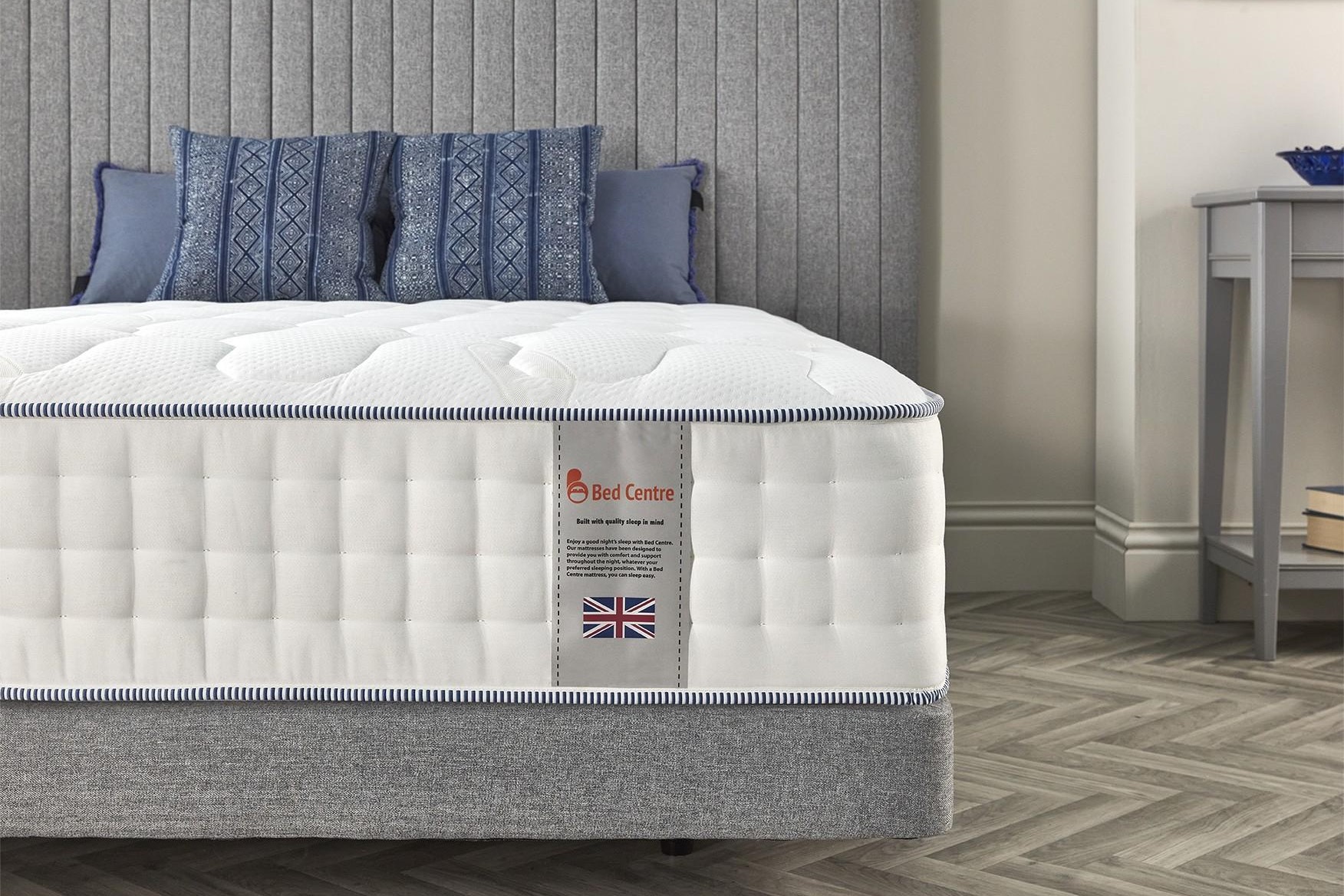
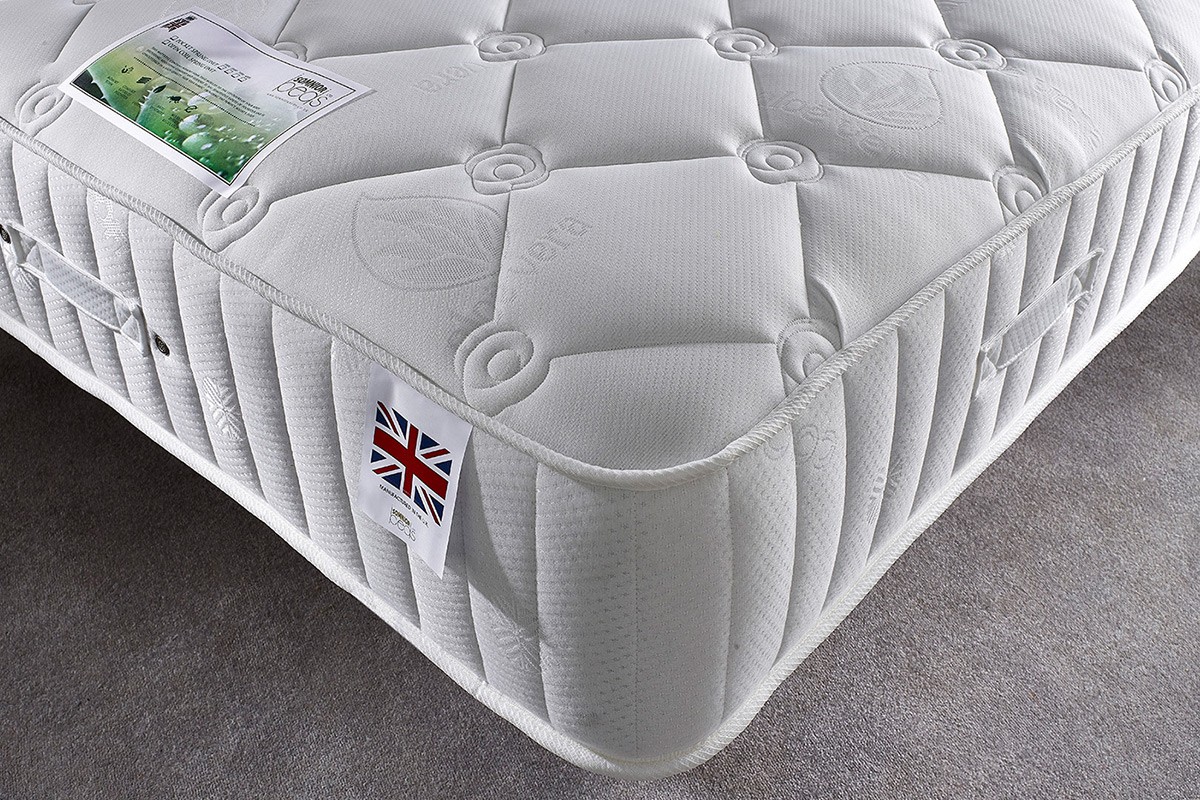
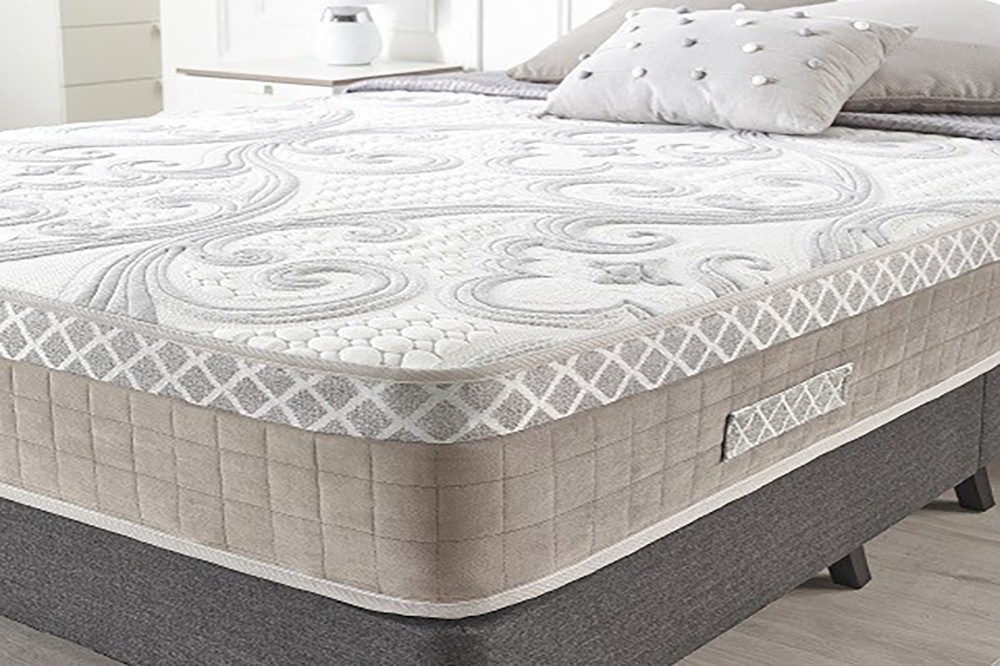
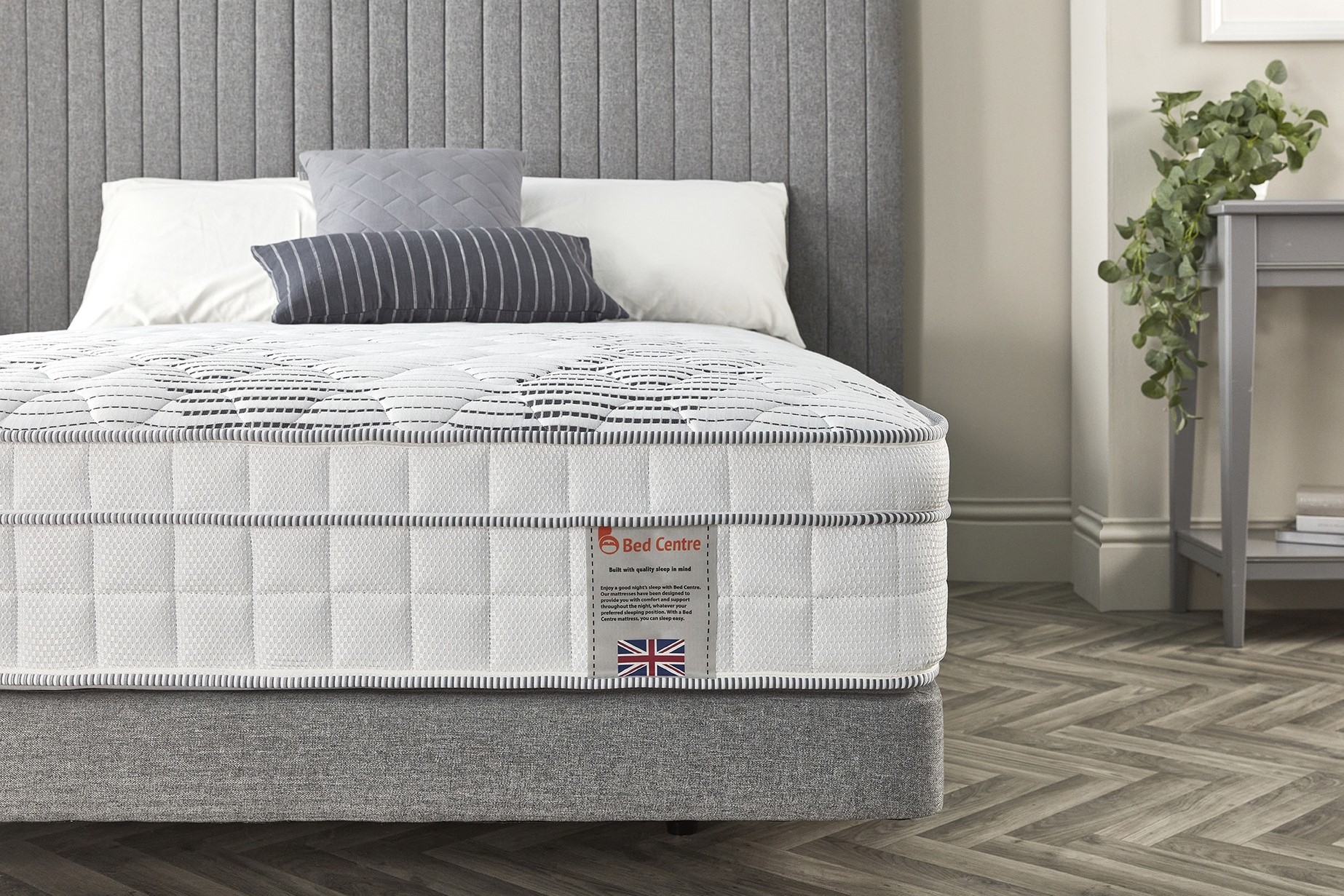
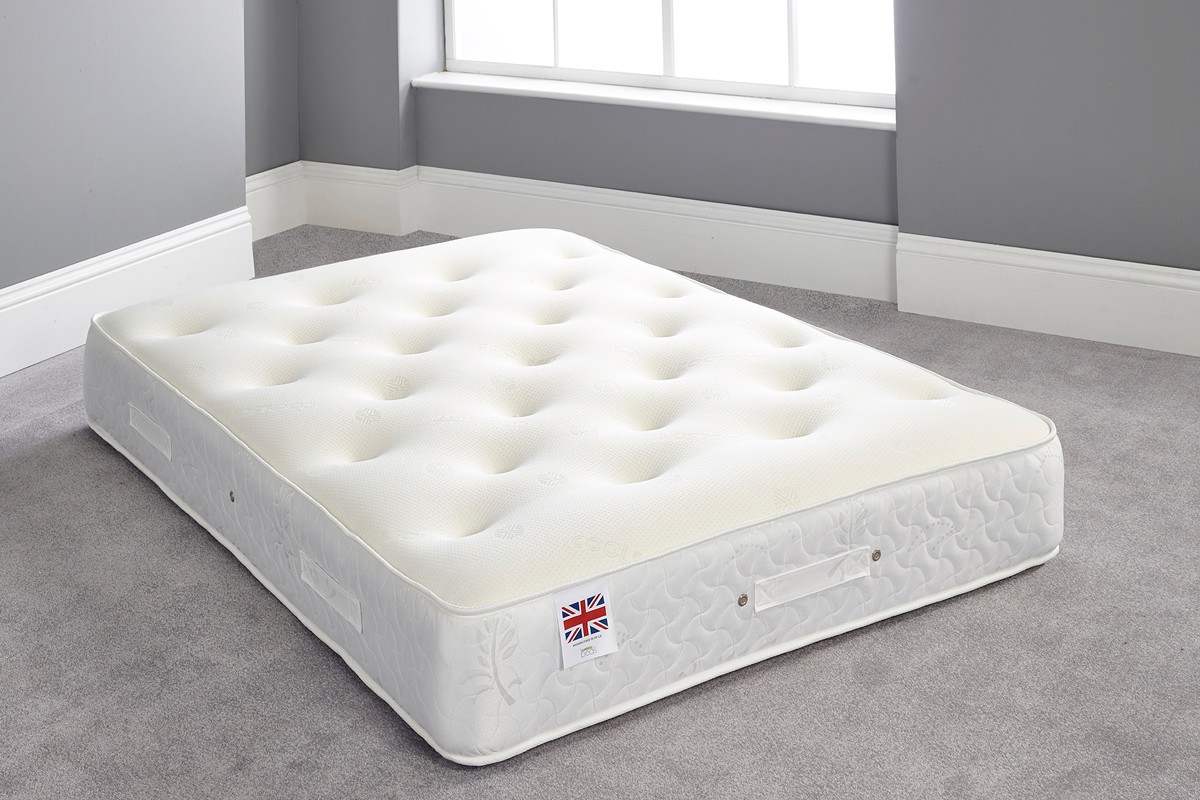
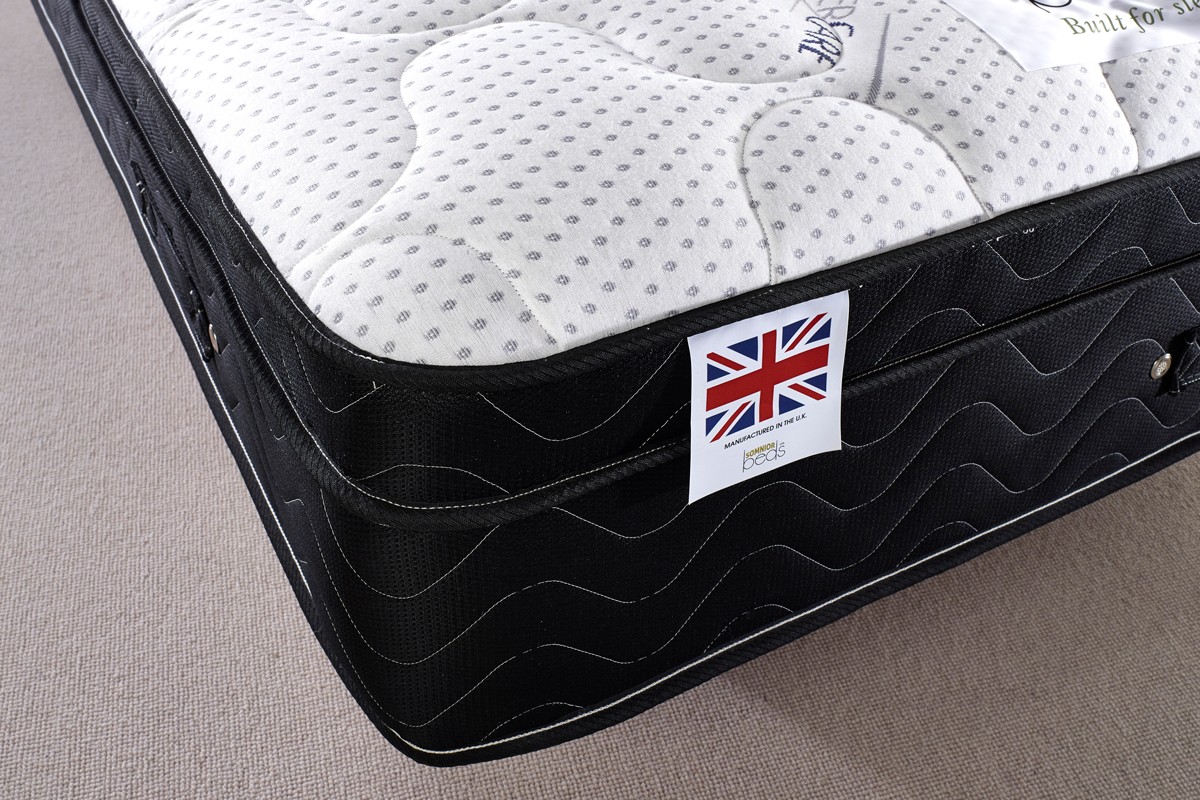

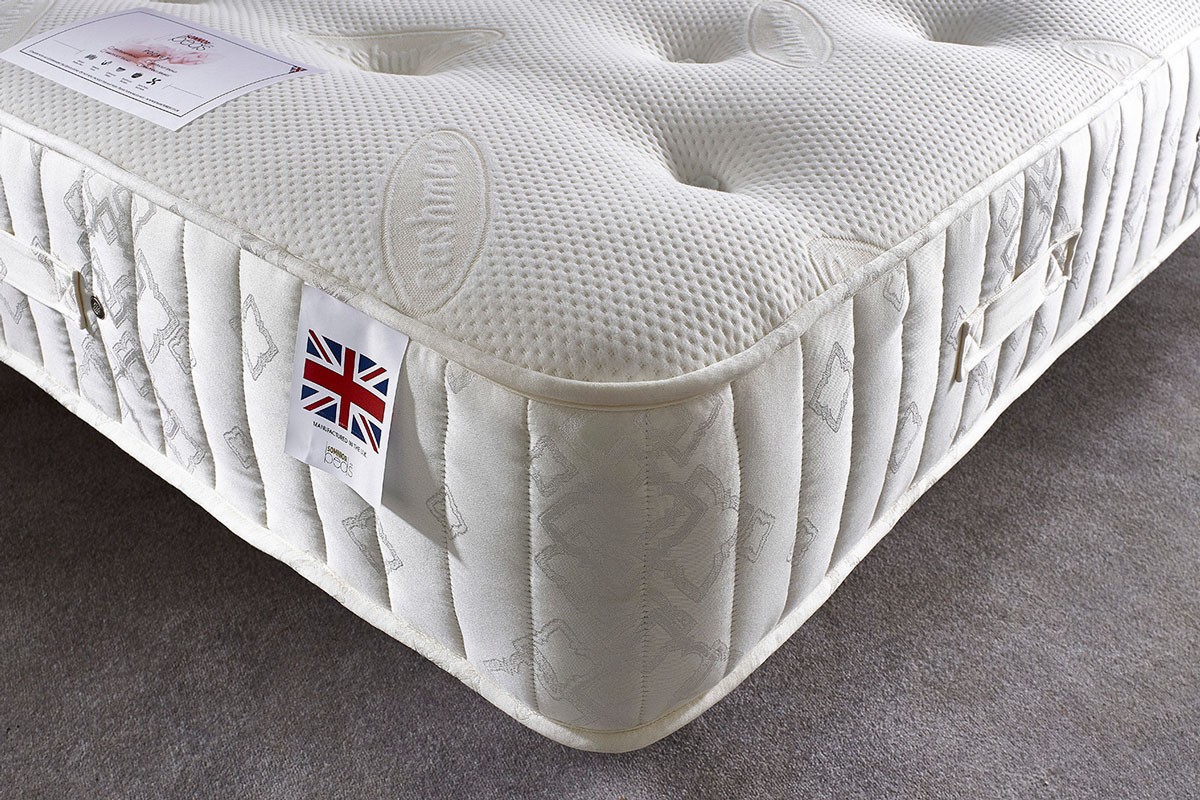

.jpg)

